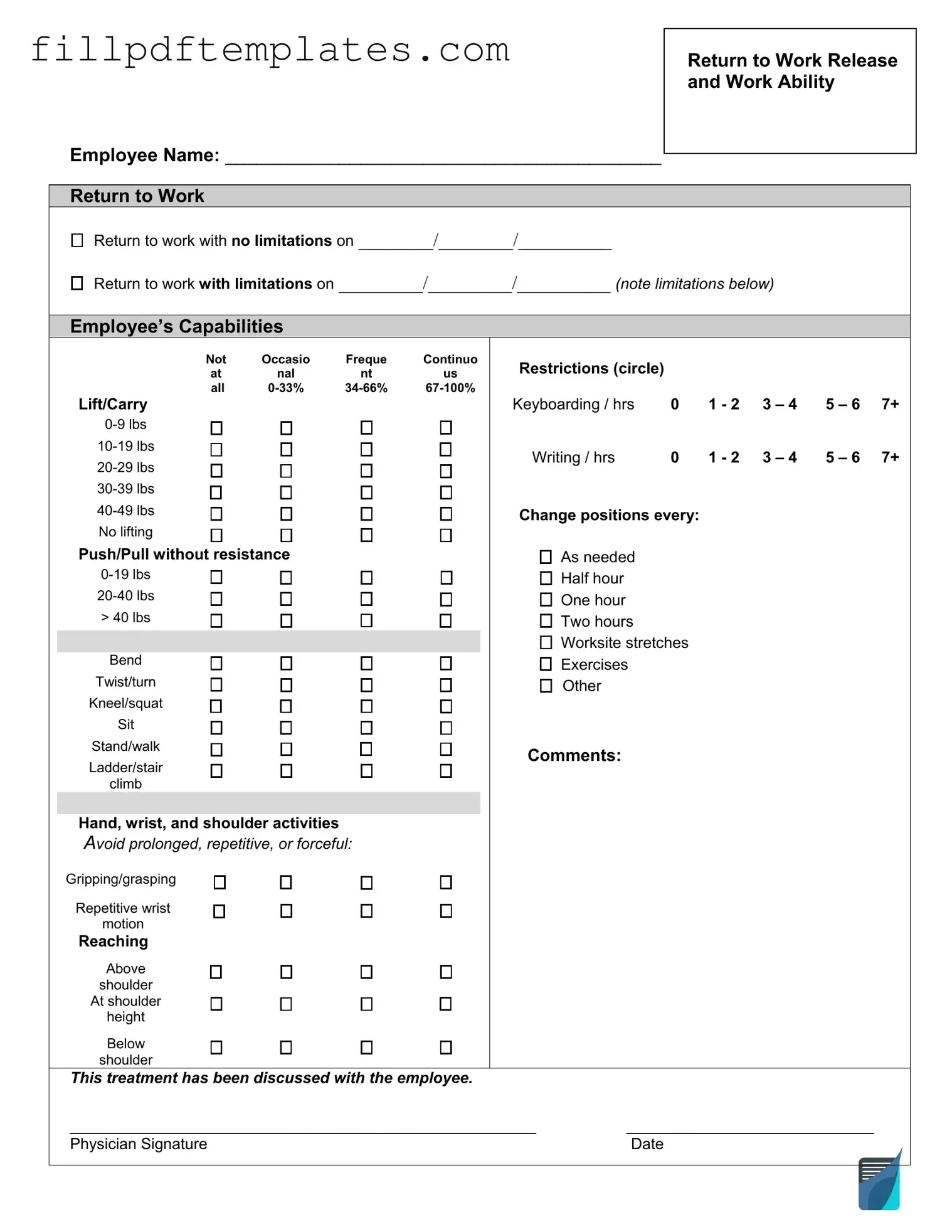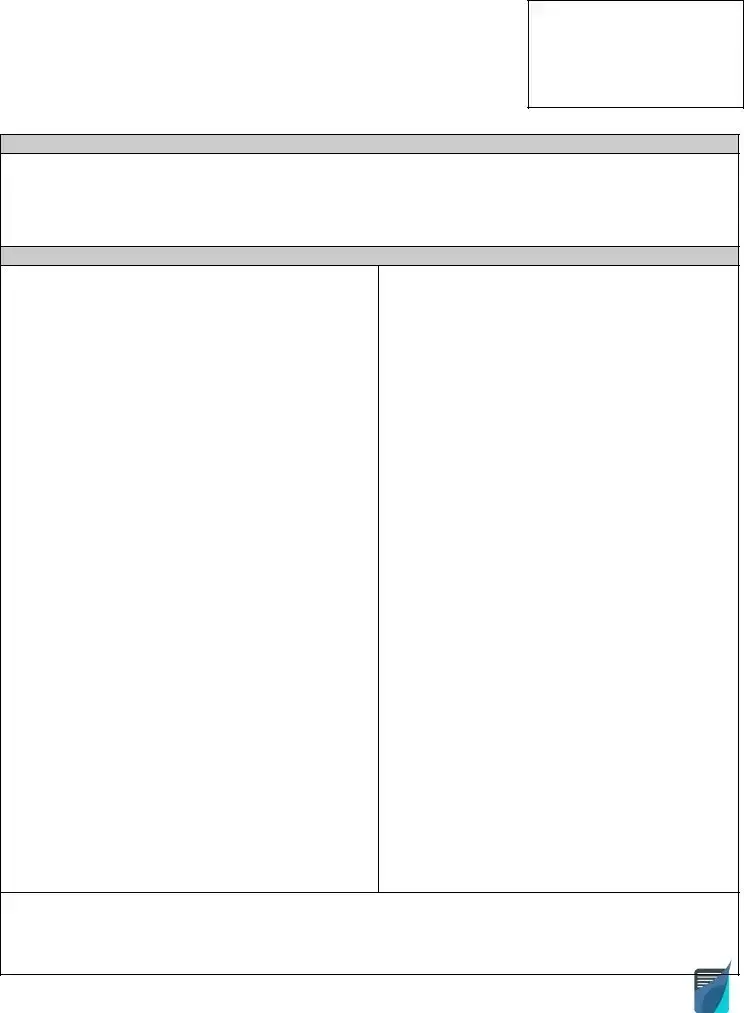The Work Release form plays a crucial role in various employment and legal contexts, allowing individuals to balance work commitments with other responsibilities. This form is often utilized by employees who need to request time off for specific work-related purposes, such as attending court dates, medical appointments, or fulfilling other obligations. It typically includes sections for personal information, the reason for the request, and the dates and times for which time off is needed. By providing clear details, the form helps employers understand the employee's situation and facilitates a smoother approval process. Understanding how to properly complete and submit a Work Release form can ensure that employees maintain their job responsibilities while managing personal matters effectively. This article will explore the key components of the form, the process of submission, and tips for maximizing its effectiveness.

